Michelle Boehm: Fire and Ice
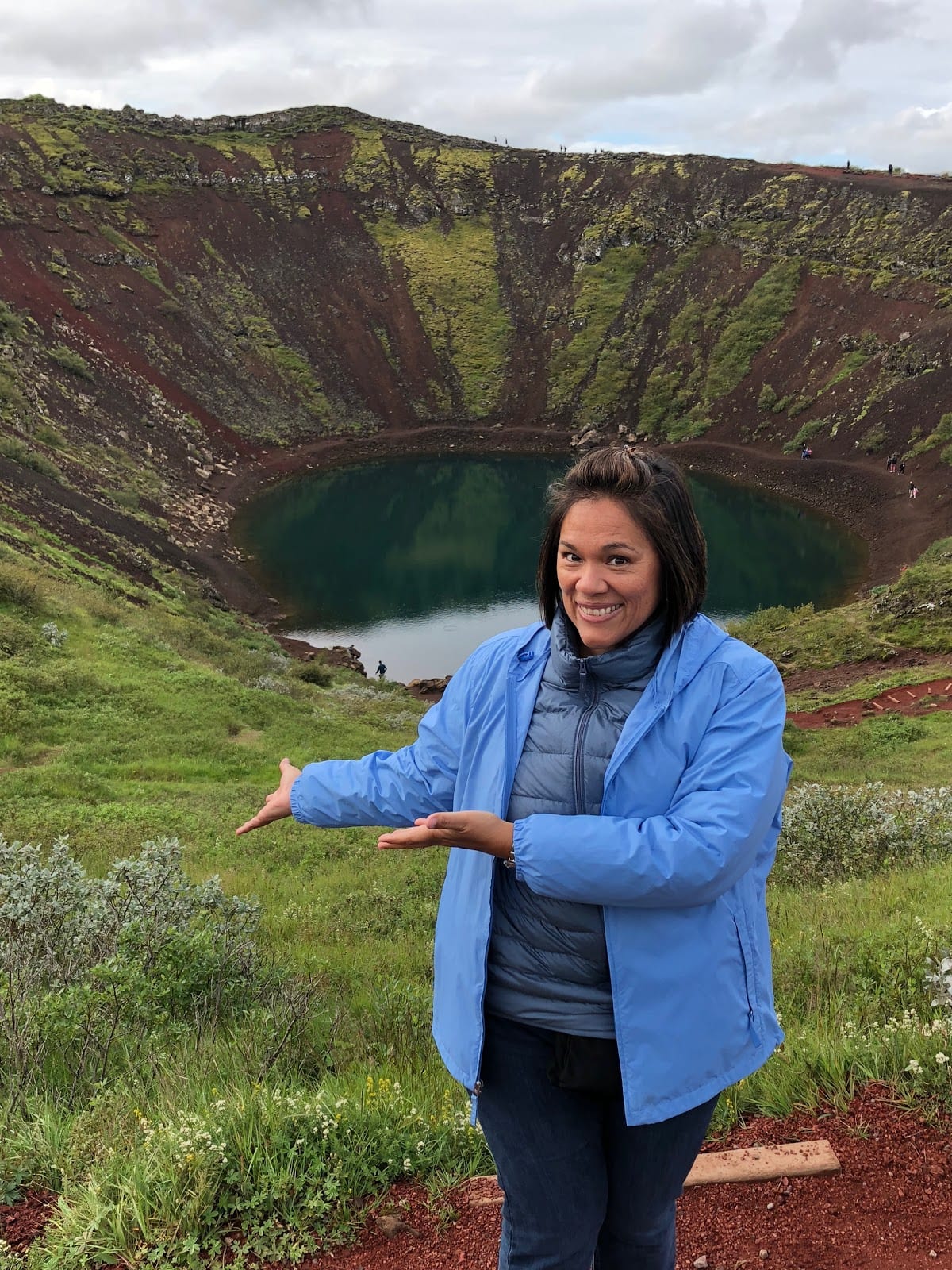
I had the wonderful opportunity, through receiving one of this summer’s travel grants, to travel to Iceland this past August. Did you know that there are 30 active volcanoes in Iceland and that there are earthquakes everyday? One of the locals shared that volcanic eruptions are expected and not seen as a threatening event. Citizens of Iceland actually head toward the volcano to check it out. WHAT?!

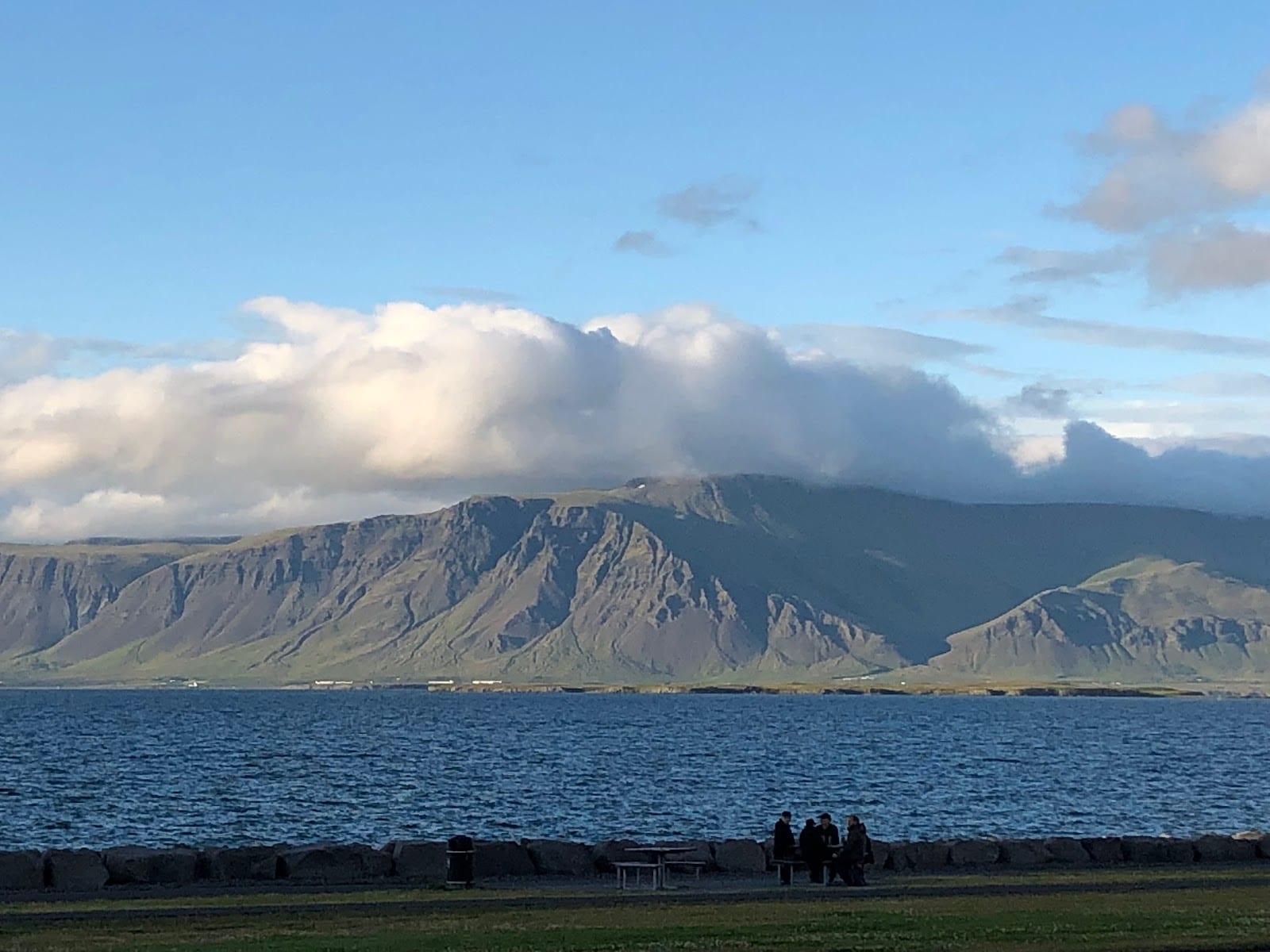
I have wanted to visit Iceland for the last few years mostly because I’ve wanted to explore a glacier. When I think about getting out of the city, I typically think about tropical locations which I believe comes from the many summers I spent on Oahu, Hawaii as a child with family. I have a great respect for the natural beauty of the island and am always surprised at how the vibrant blue and green of the landscape brings me immediate joy and peace. I must say, the undeniable majestic beauty of the island of Iceland had a similar effect ….from its lava fields
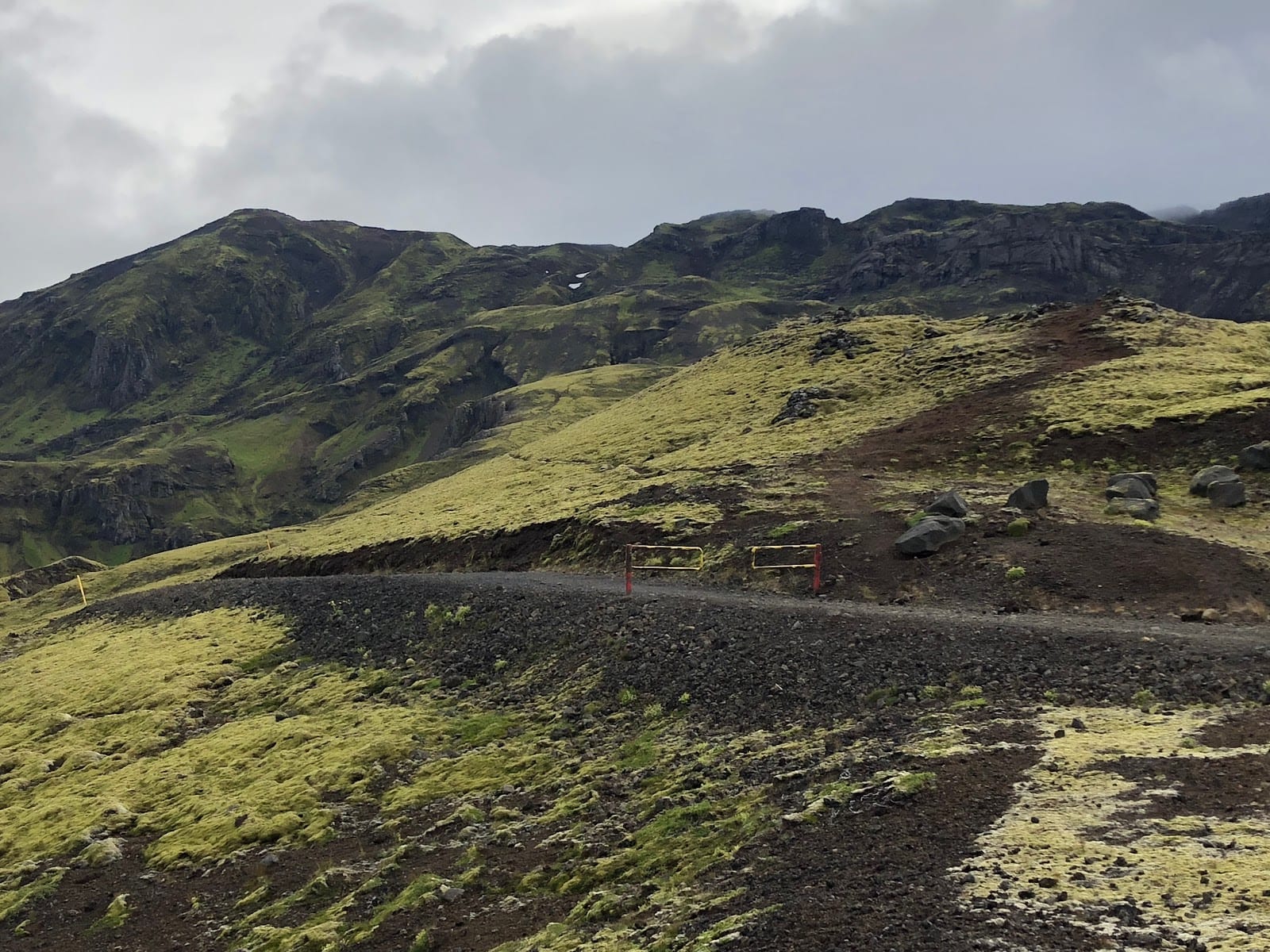
to its waterfalls
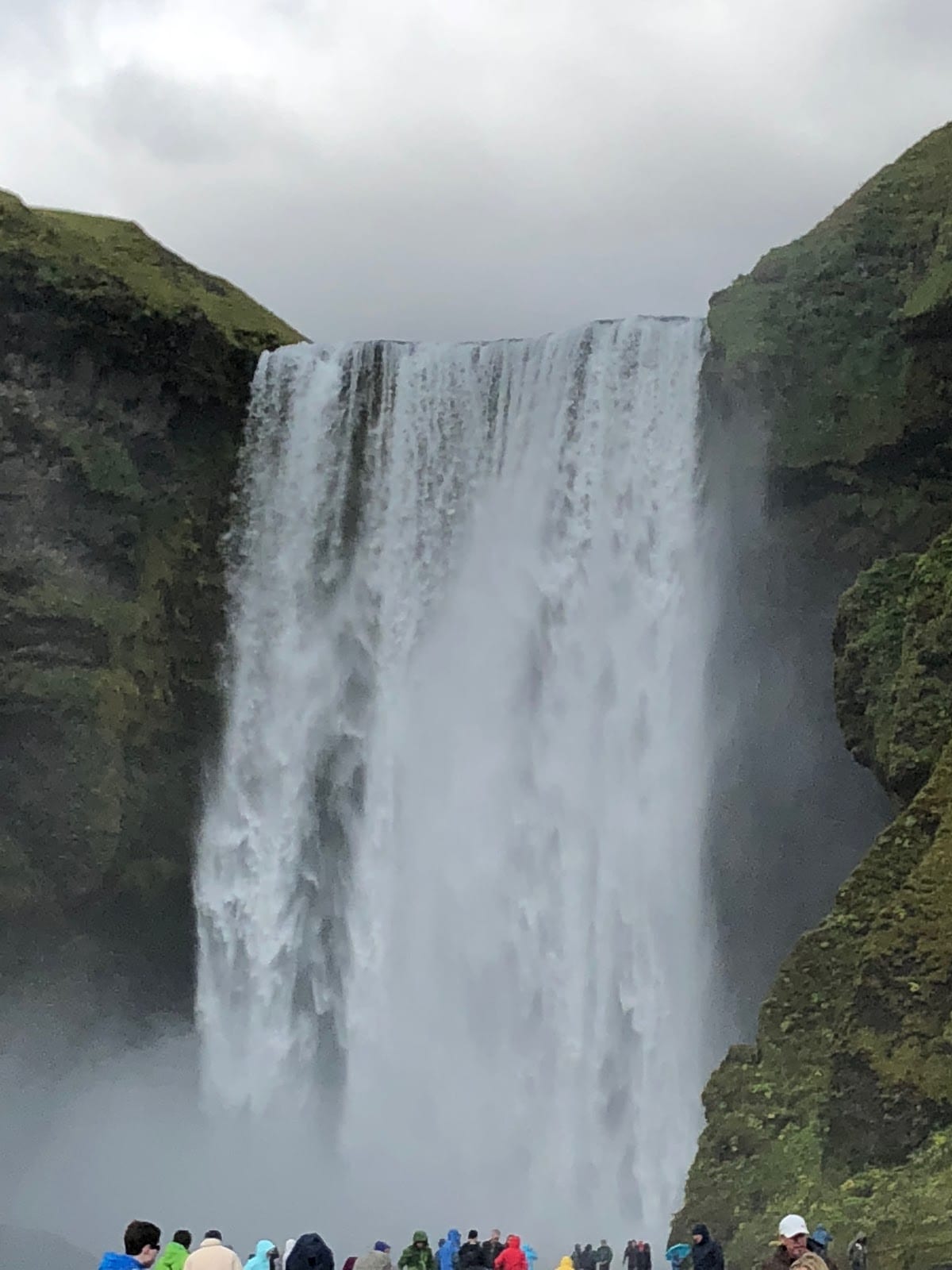
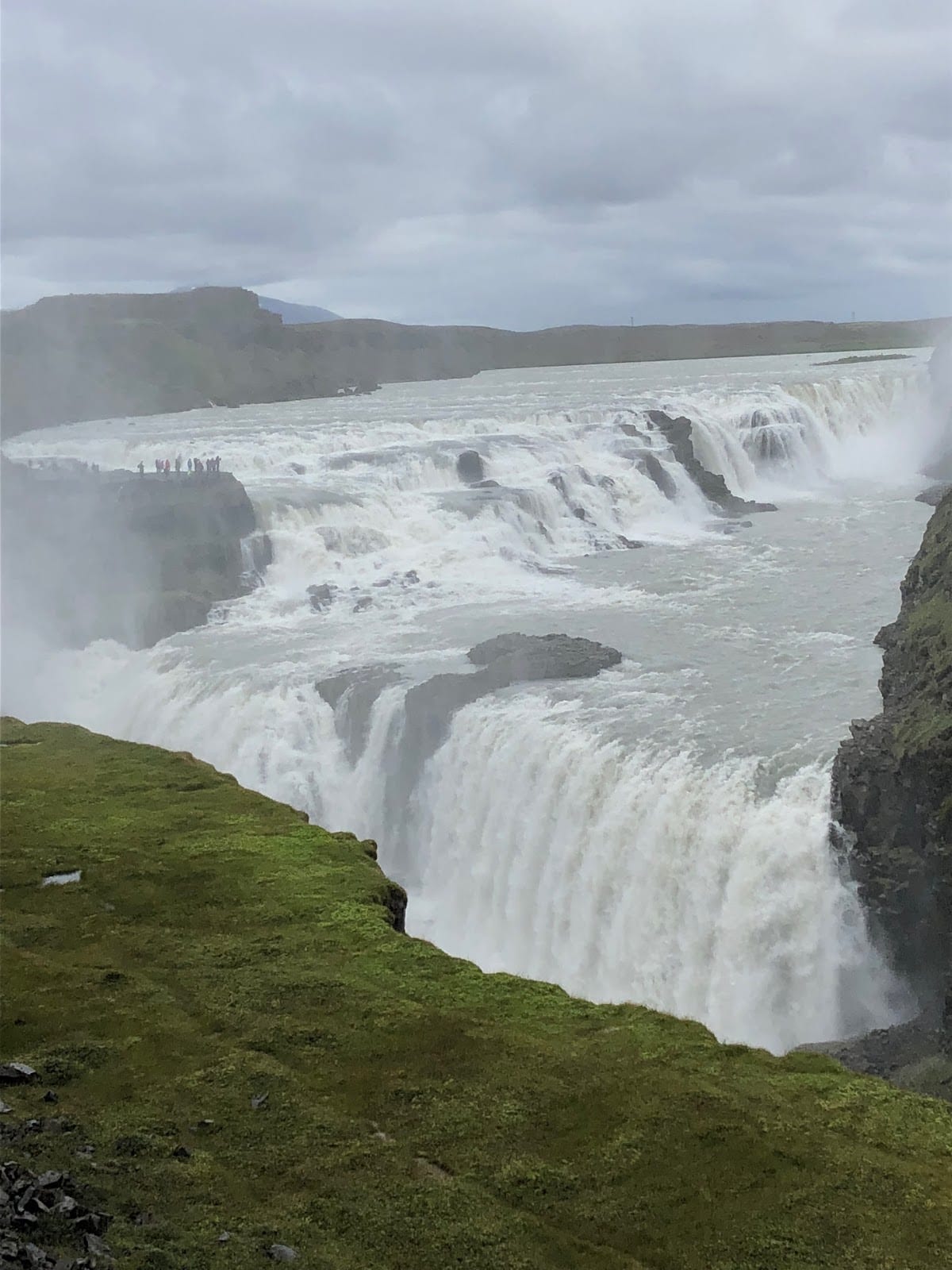
to geysers and hot springs, which have water temperatures between 176℉ and 212℉. About 90% of the island’s electricity comes from geothermal energy.
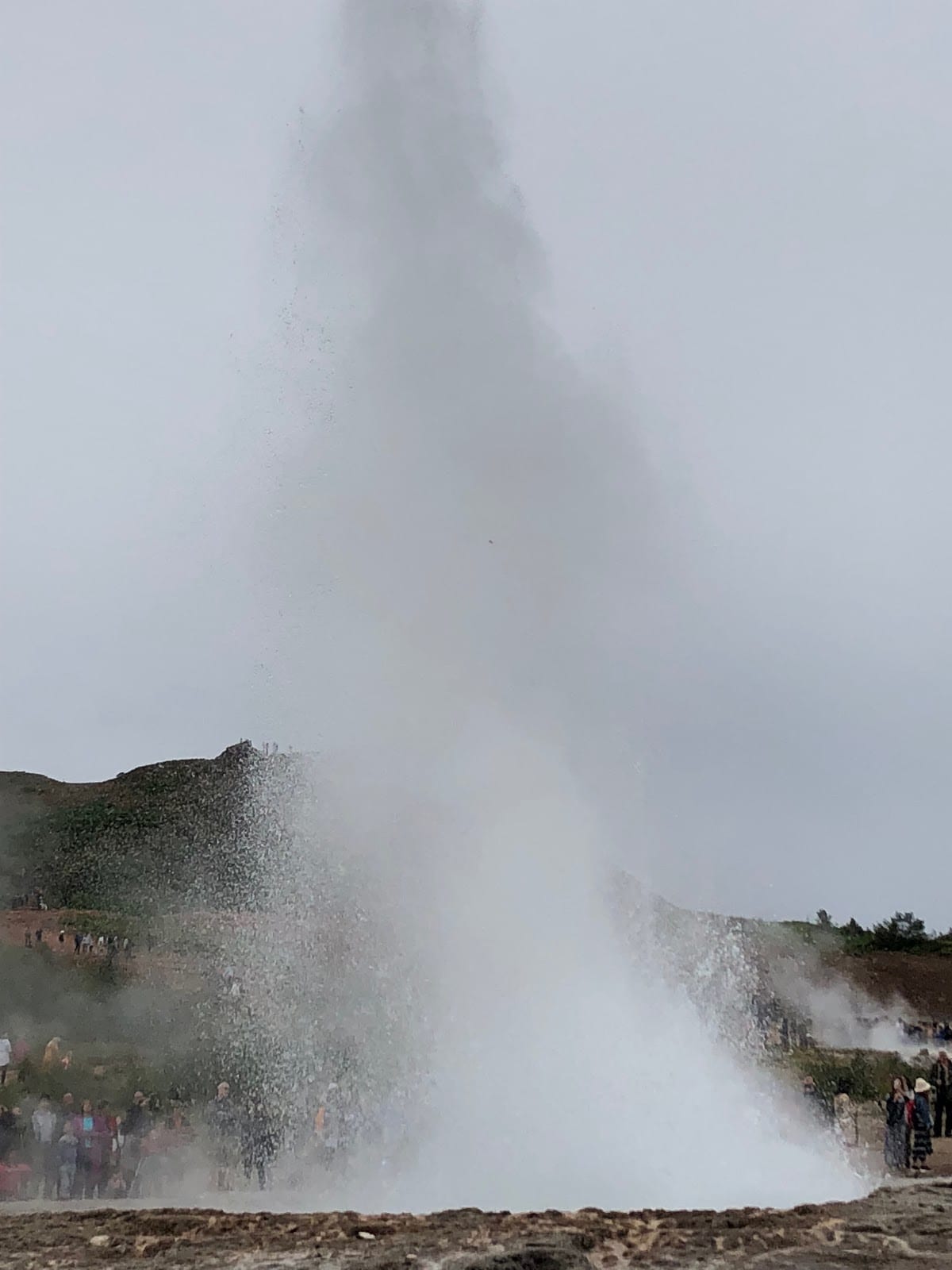
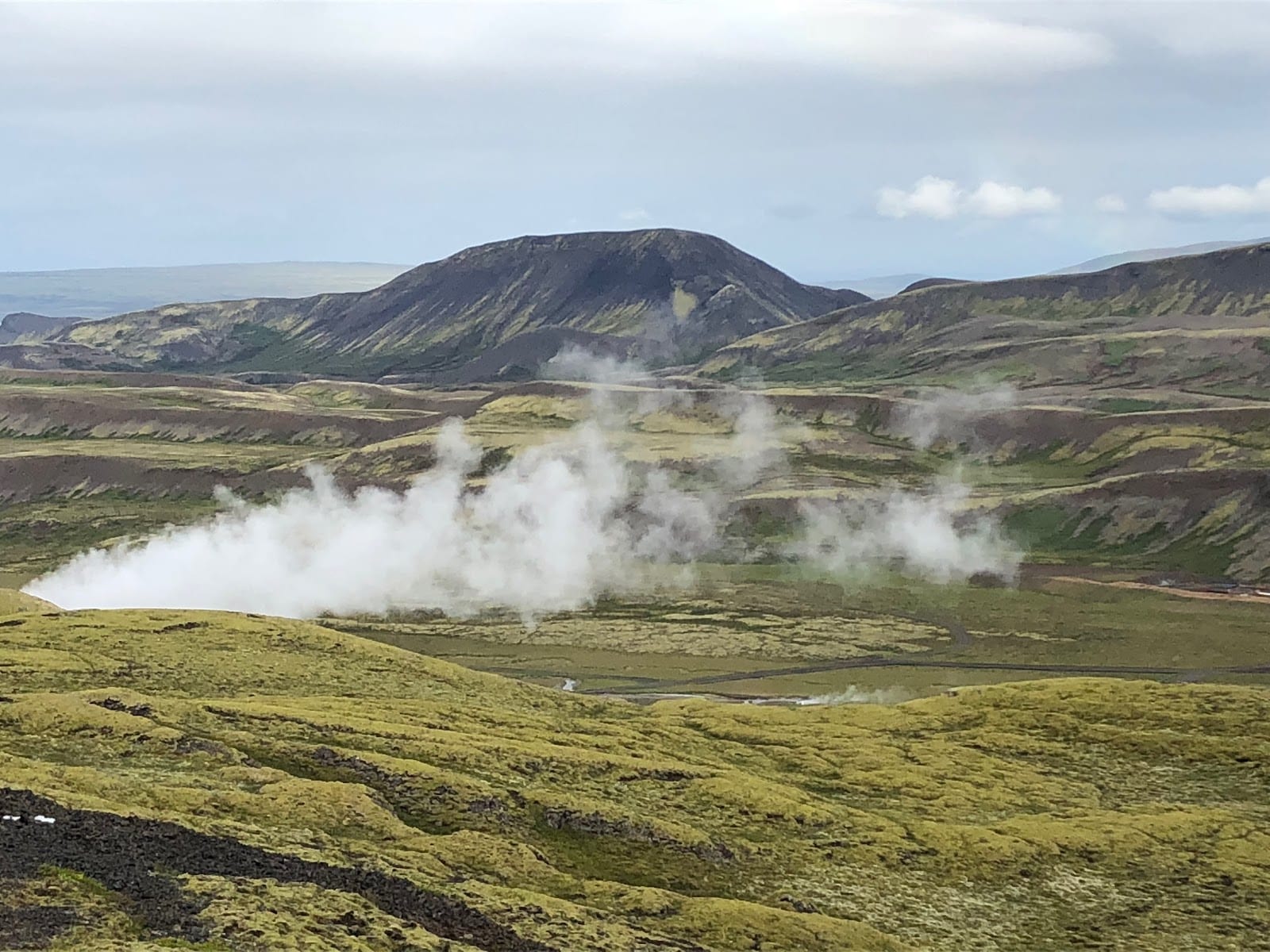
to volcanic craters
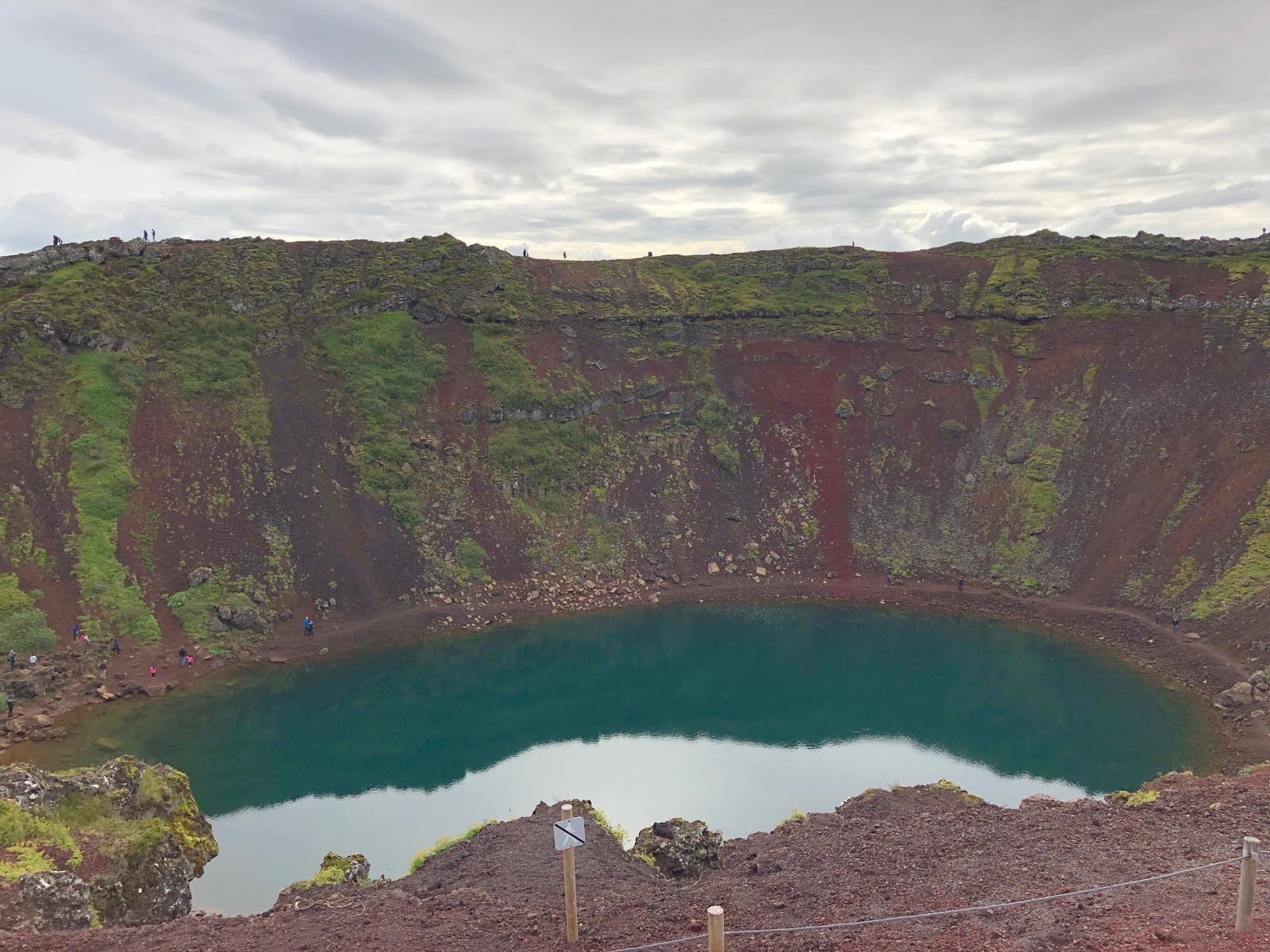
and, of course, its glaciers which cover about 11% of its land mass.
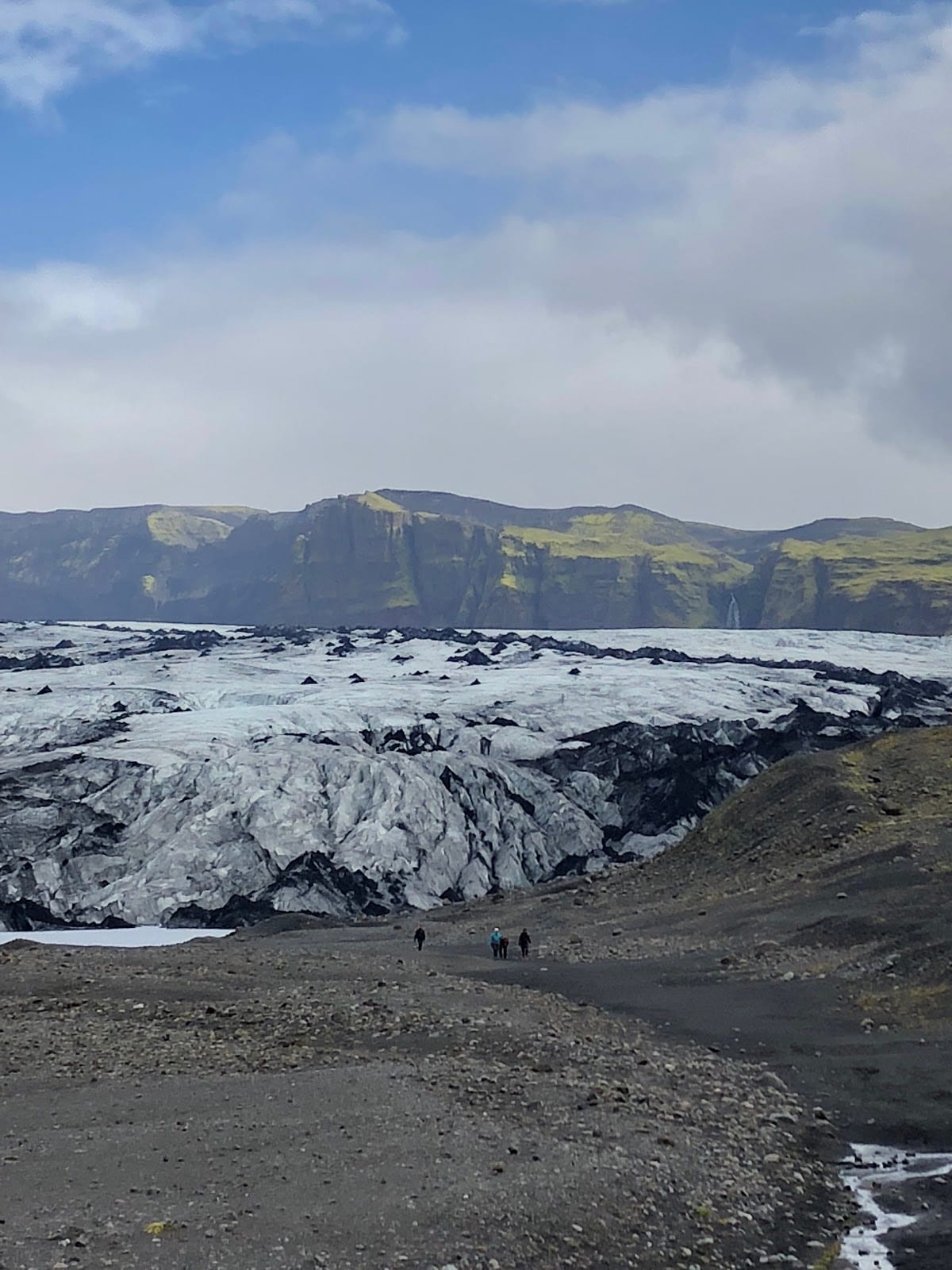
We offer our students opportunities to try new things with the hope of inspiring a new interest or reinforcing an existing passion. Hiking is not an activity I seek to do but my desire to explore a glacier and volcanic crater were the incentives to take me out of my comfort zone. These were both challenging and fulfilling experiences that I will never forget.
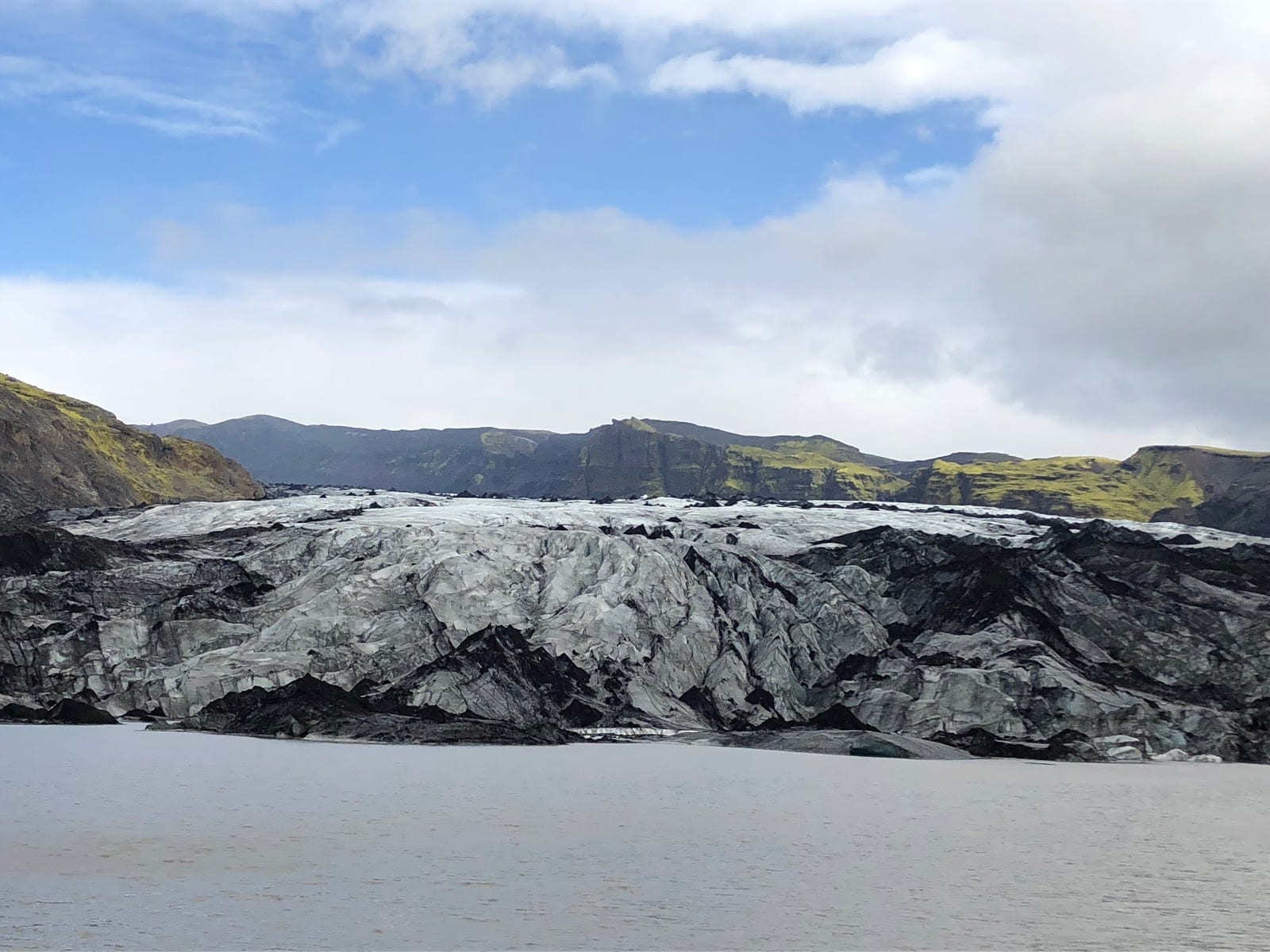
Gearing Up!
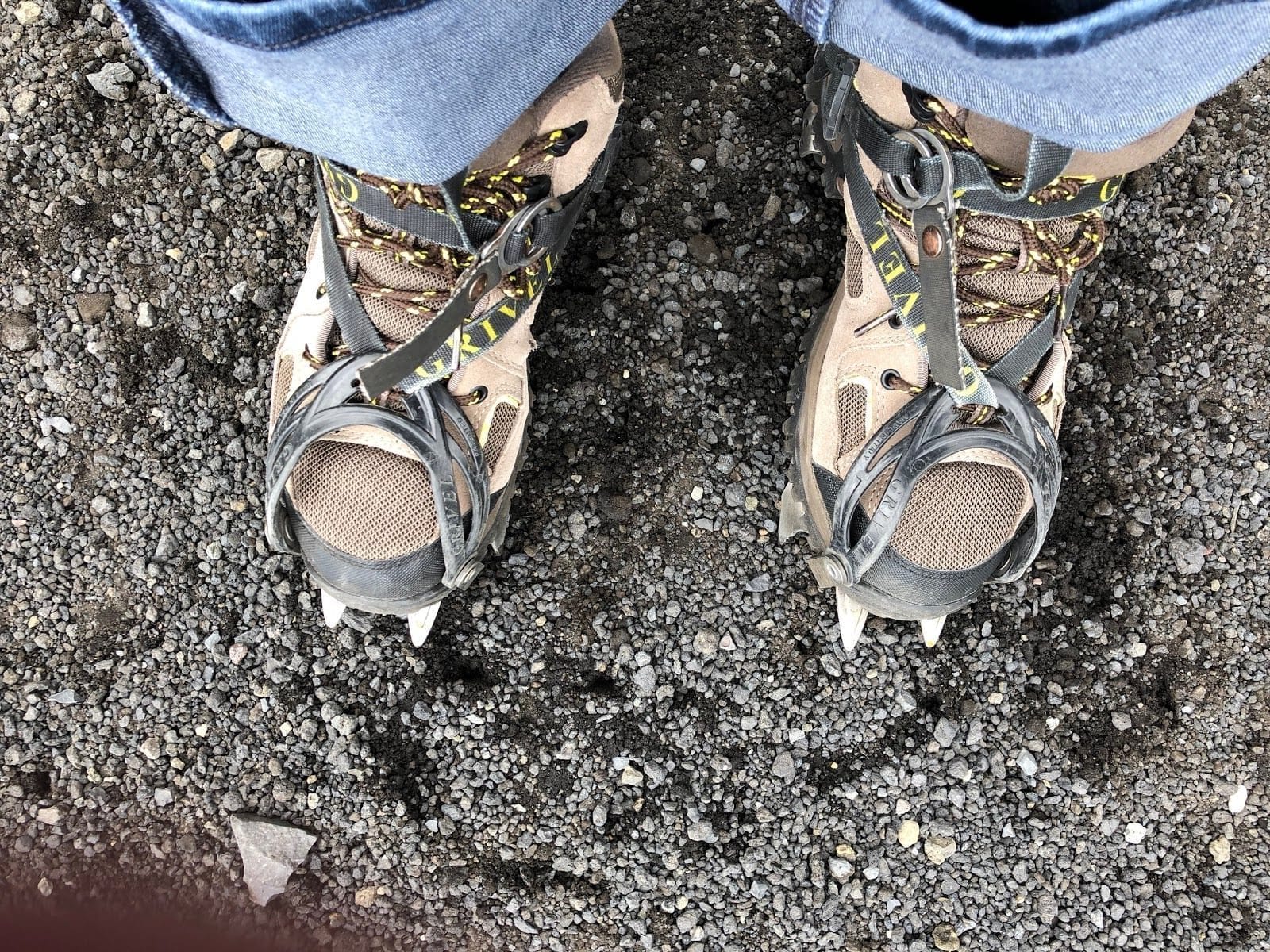
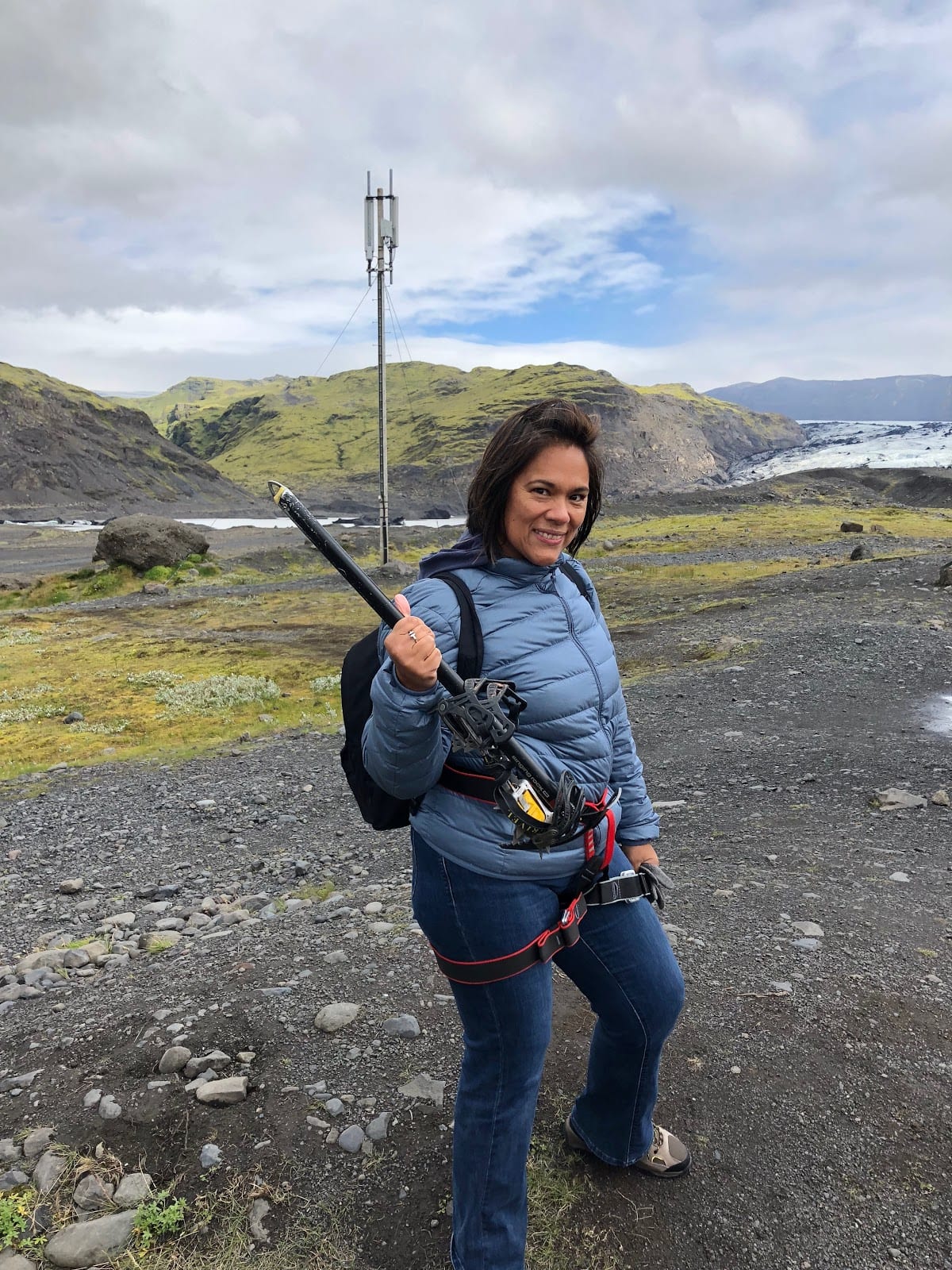
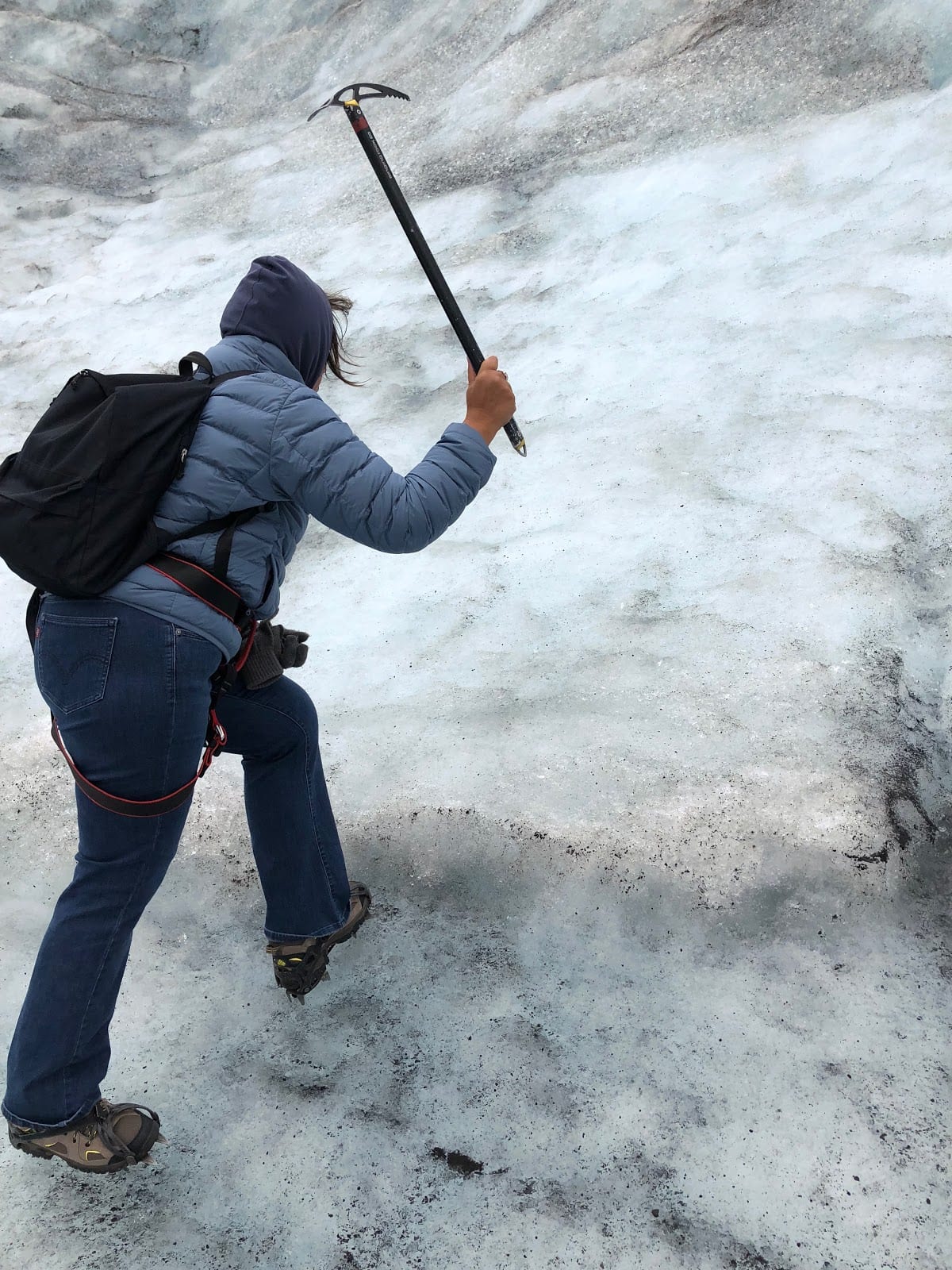
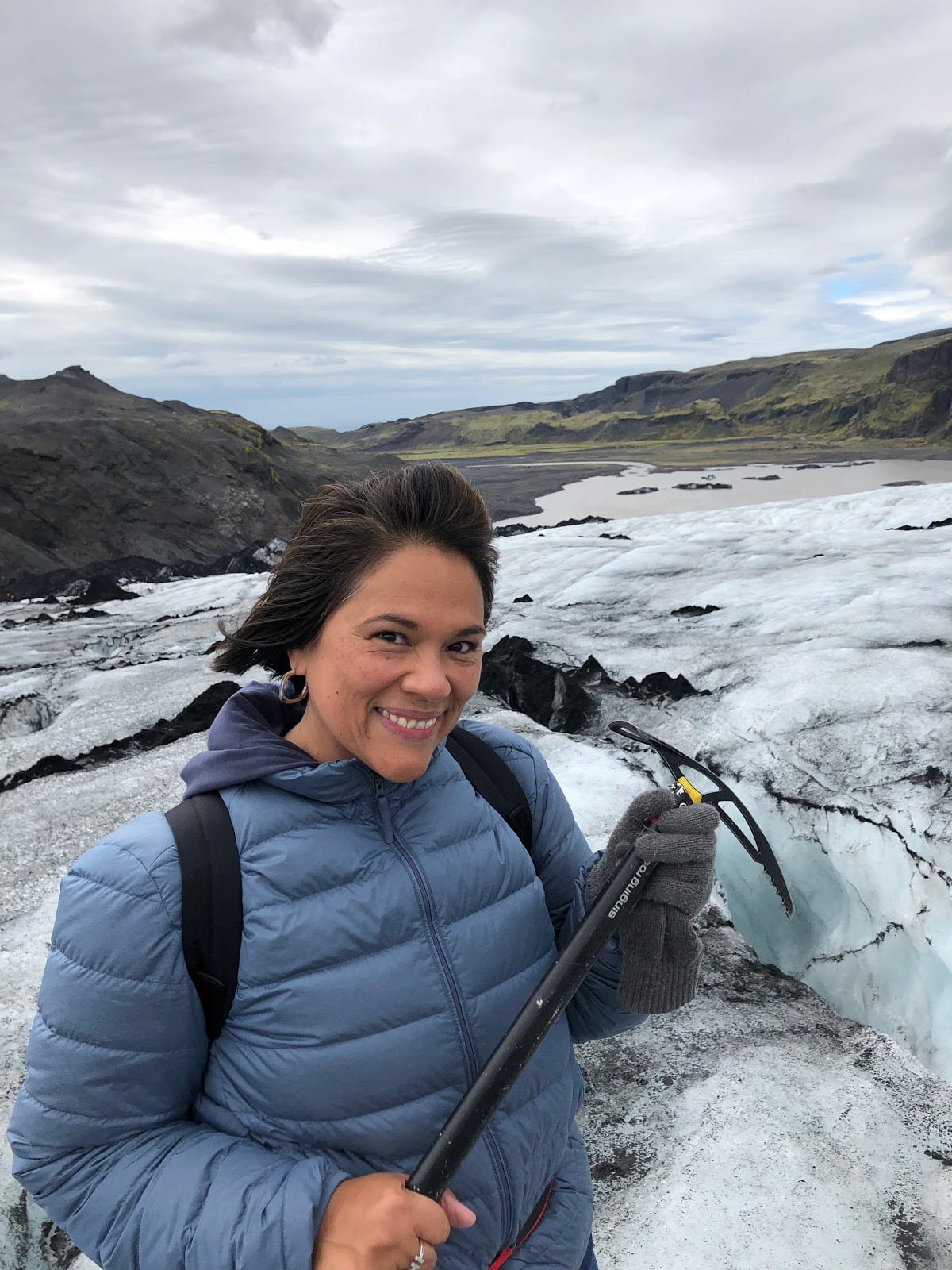
— after a slippery and winding climb of about 900 feet —
Because of the 2010 eruption of Eyjafjallajokull, there are layers of volcanic ash that get frozen over each winter and reappear as the ice melts in warmer weather.
A ravine in the glacier called the “Grand canyon.”
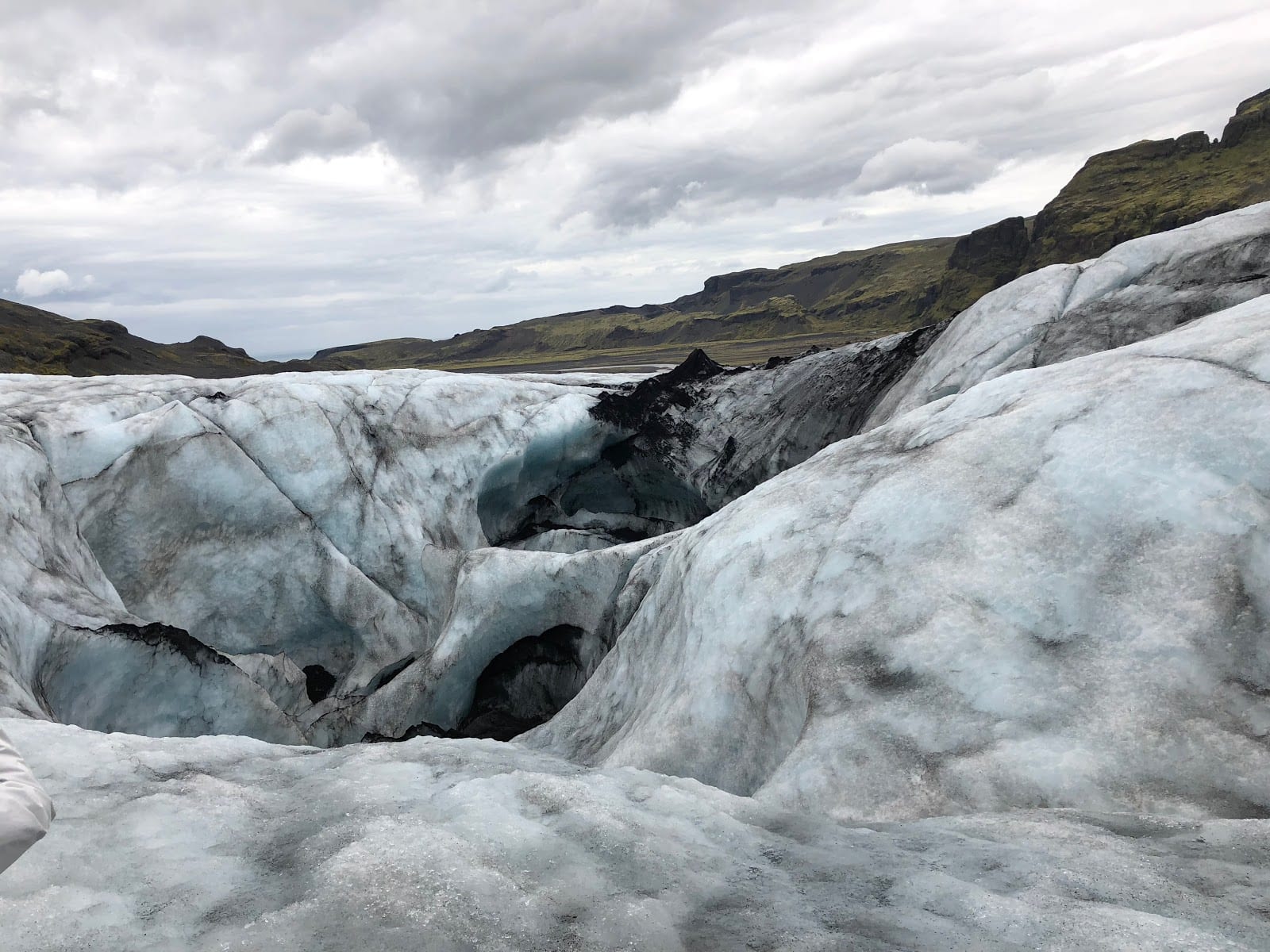
Looking up from down in the canyon.
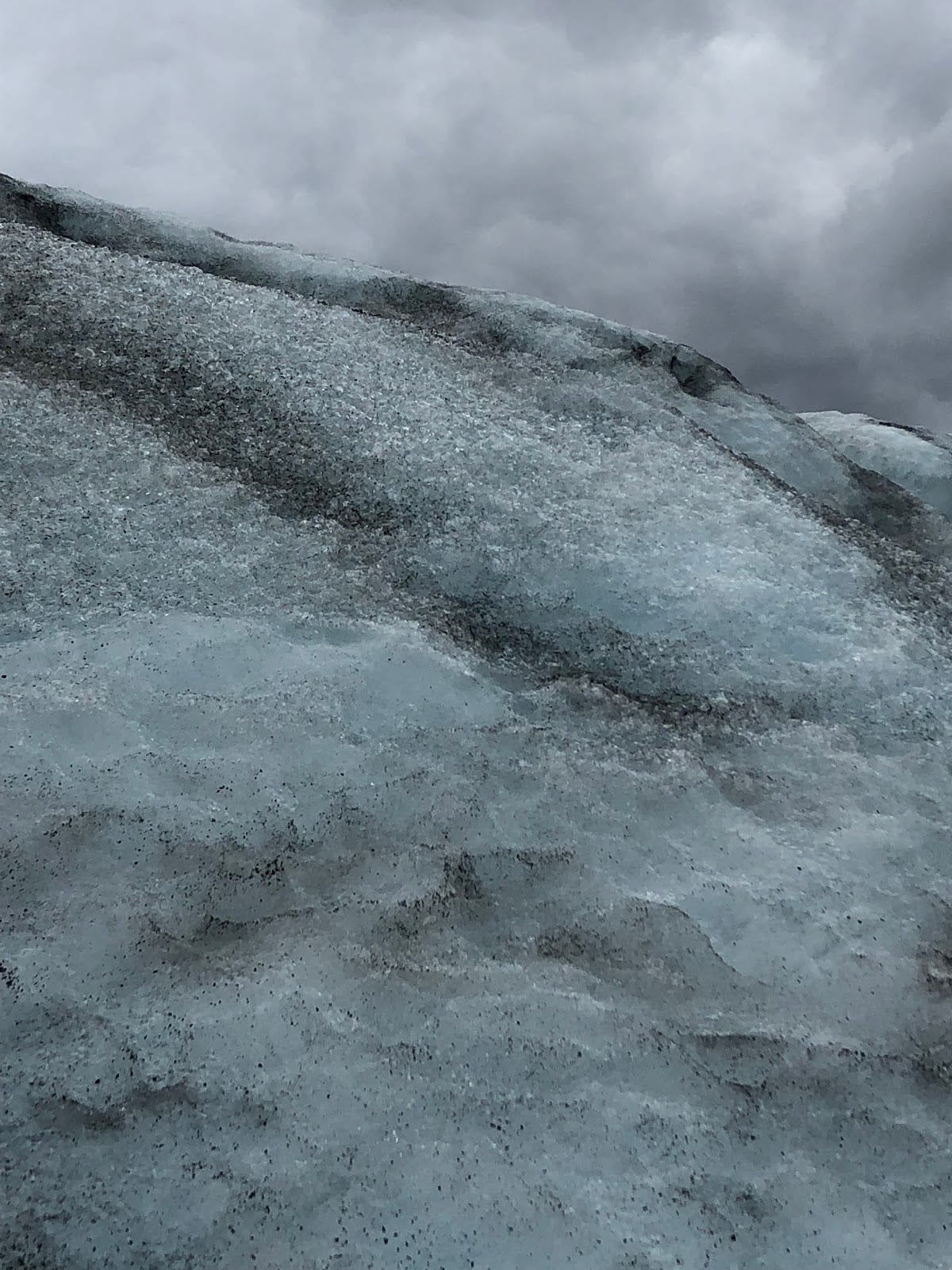
There was plenty of fresh water to drink on the glacier. The water in Iceland is great tasting and is naturally filtered as it travels through the island’s lava fields.
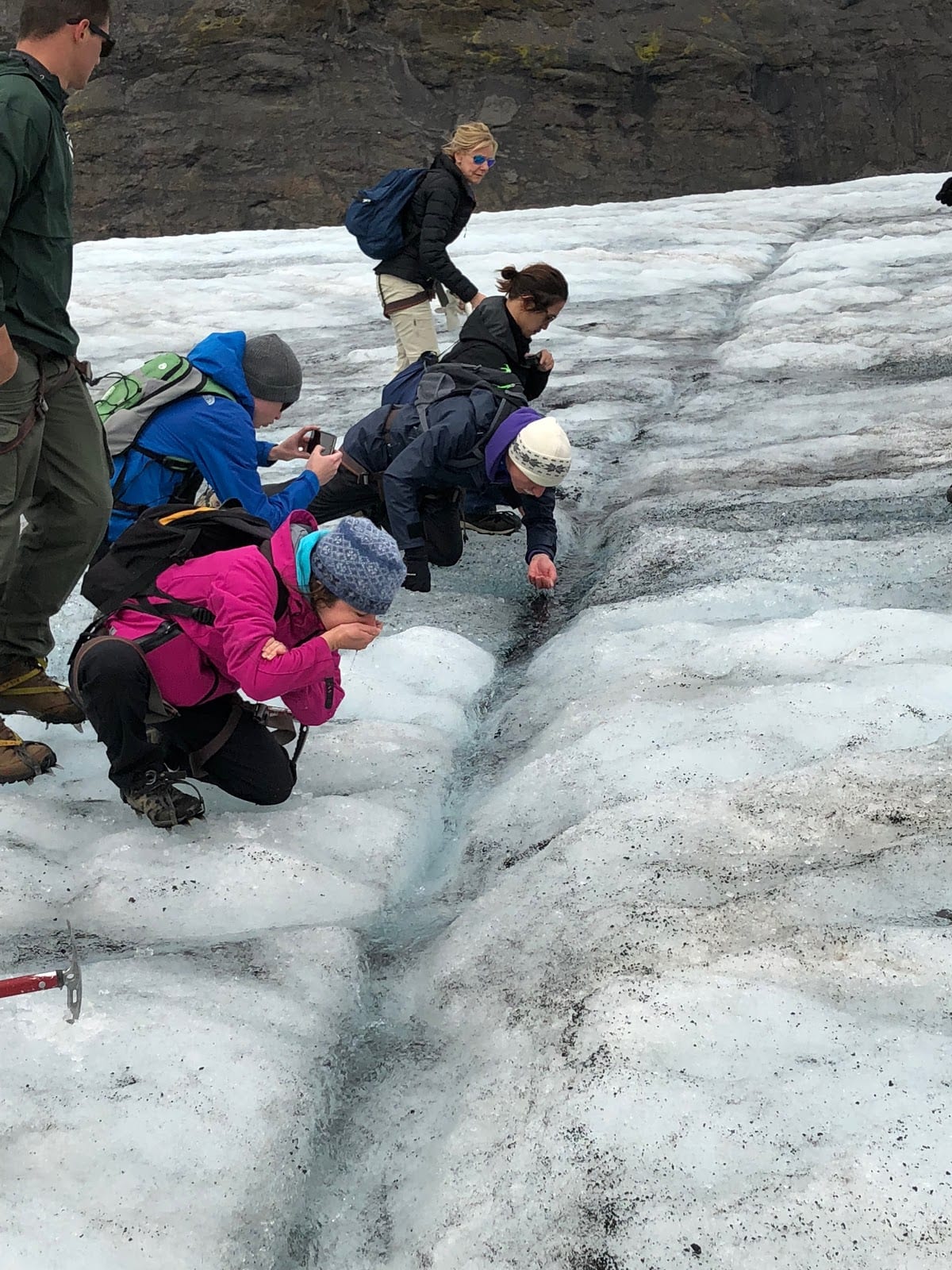
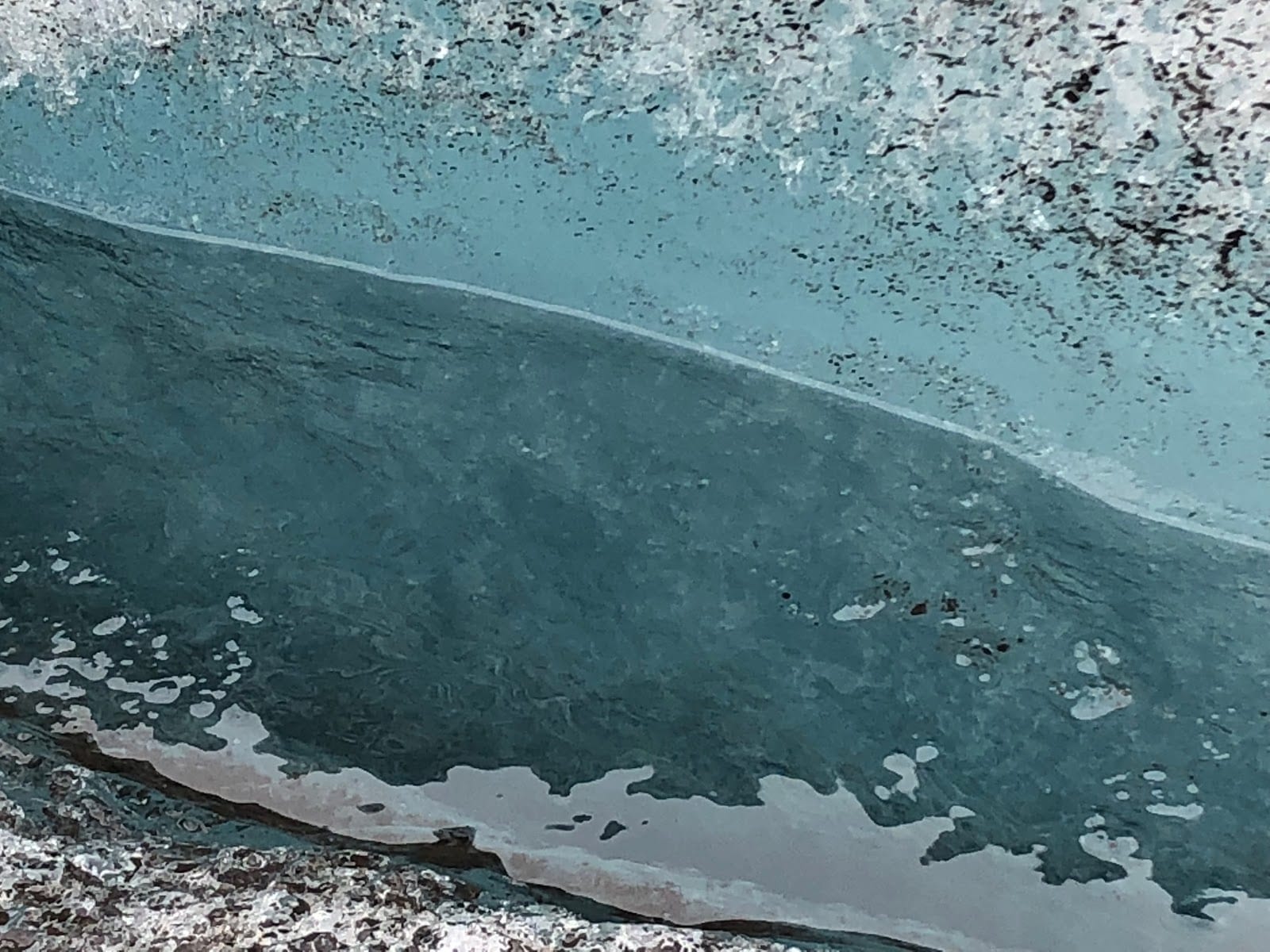
It was certainly disheartening to hear and observe how quickly the glaciers of Iceland are melting and receding from the coastline. Apparently, at the current rate of melting, they could be gone by the year 2050.
A few other fascinating facts I learned:
- Iceland’s population is about 335,000 with about 70% living in the capital of Reykjavik.
- Because much of Iceland is covered with lava fields, only 2% of the island is covered with trees. There is an effort to get that number up to 5%.
- Most of the island’s produce is grown in hot houses.
- The primary source of meat in Iceland is from its own livestock.
- The Icelandic horse came with the first Norwegian settlers. When a horse leaves the island, it cannot return for fear of infecting the island’s horses with unfamiliar diseases. The island is also home to nearly 800,000 sheep (which is almost 2.5 times Iceland’s population).
- The Icelandic hot dog is reported to be great tasting. It’s a combination of beef, pork and lamb. Hot dog stands in Iceland are as prevalent as pizzerias in NYC. In my opinion, they’ve got nothing on Nathan’s Famous hot dog.
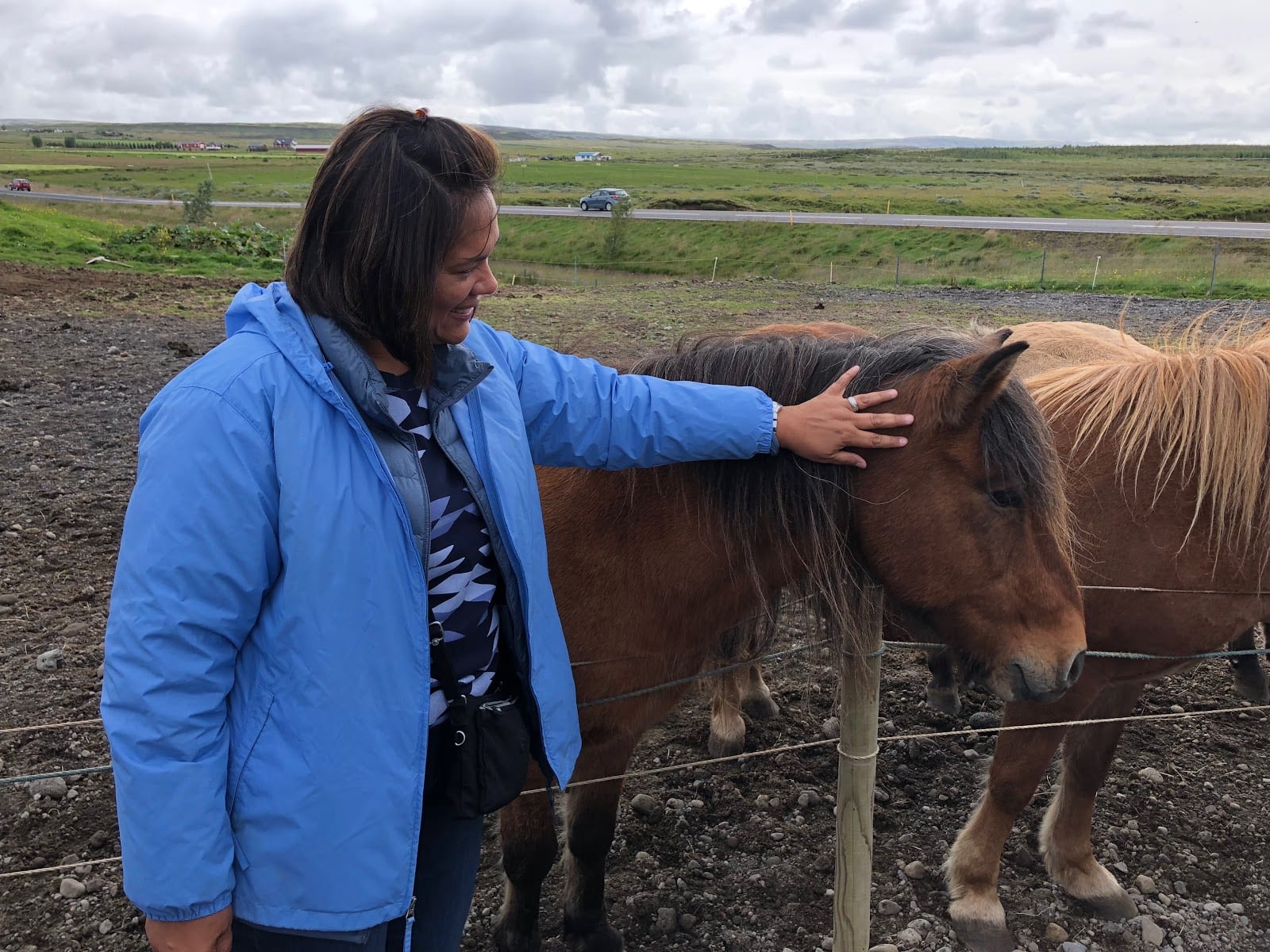
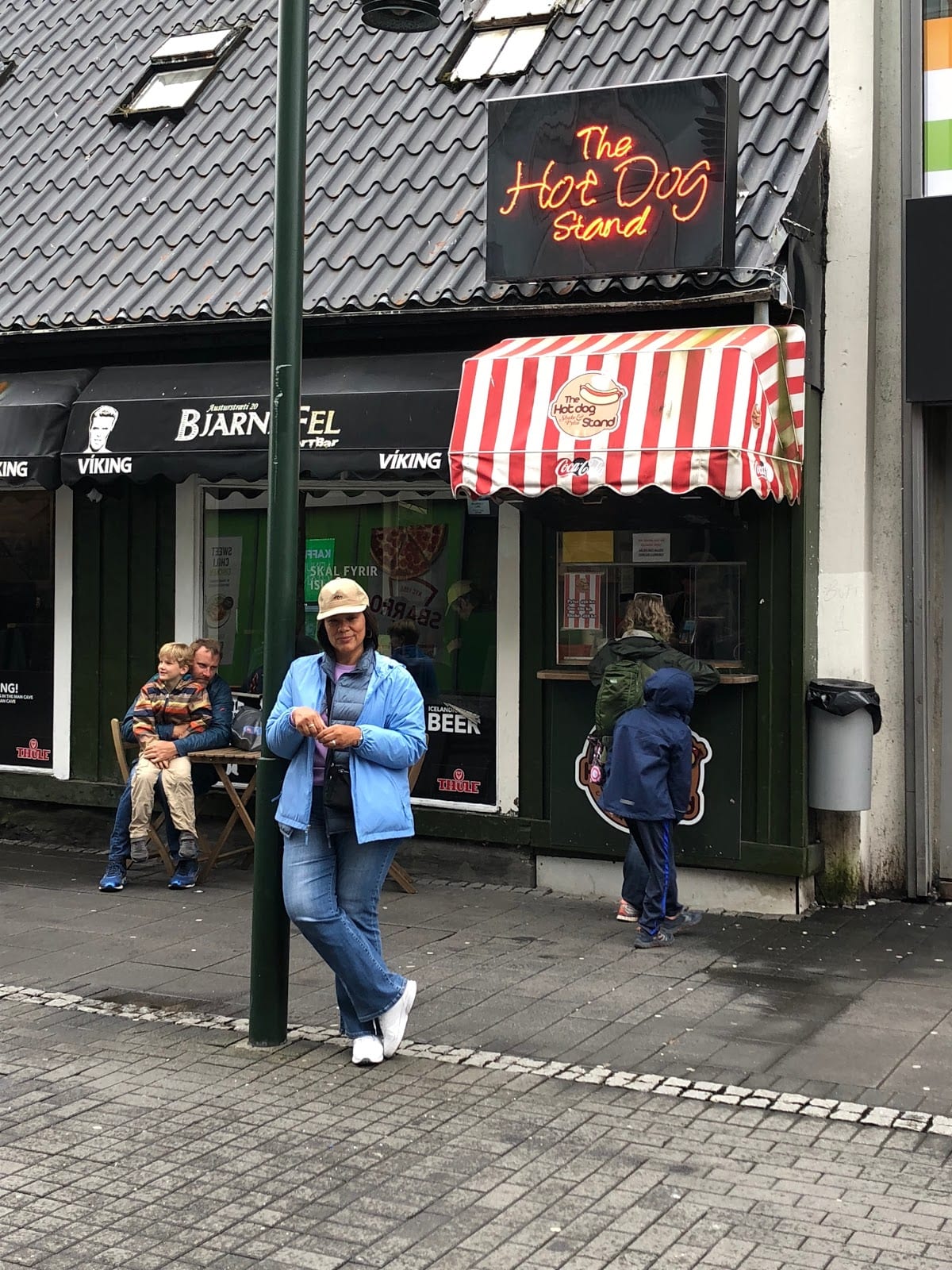
I very much appreciated the clean lines and simplicity of the architecture. Hallgrimskirkja, is the best-known landmark in Reykjavik. It’s a Lutheran church that sits high on a hill and is visible throughout the city.
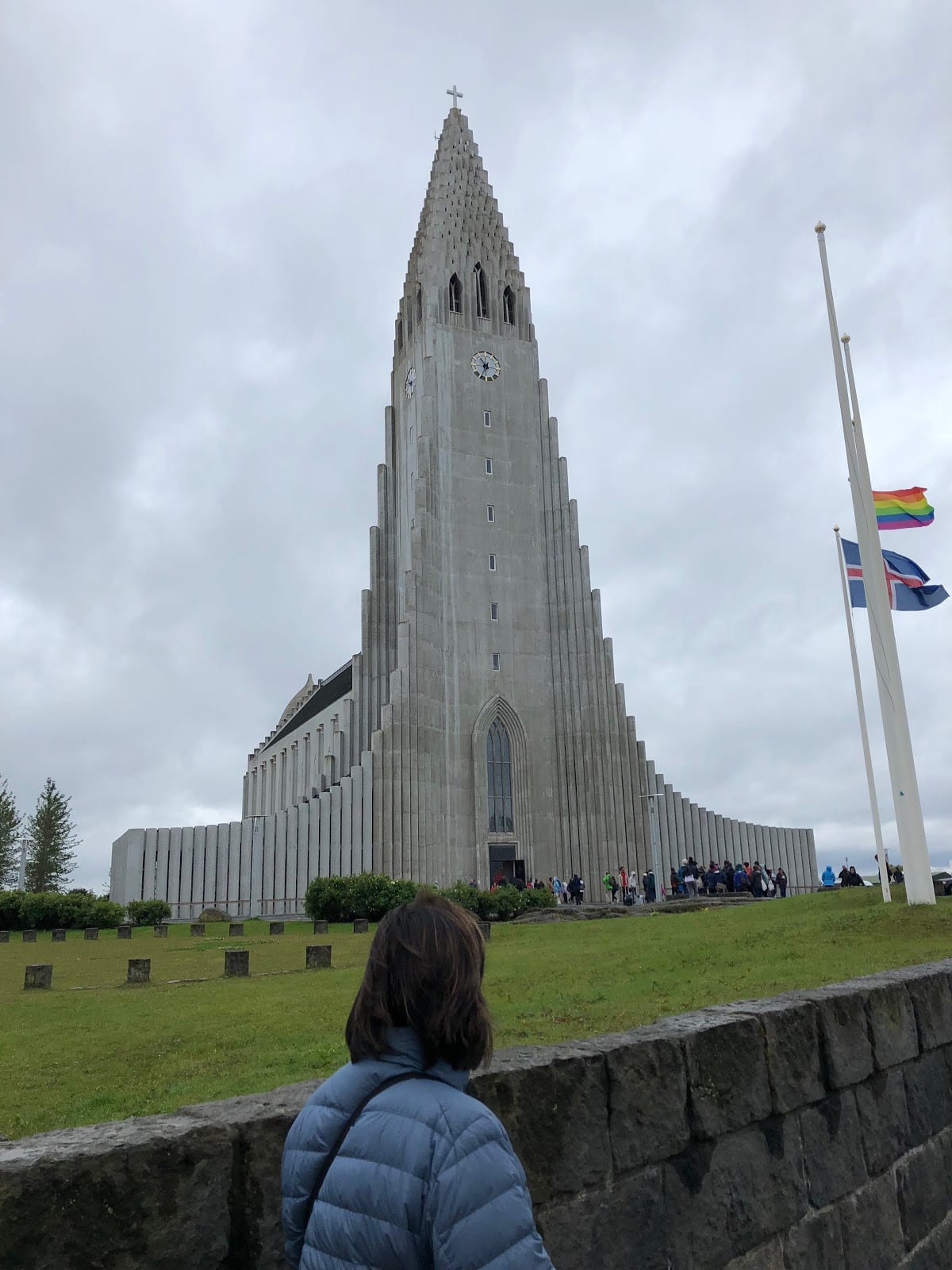
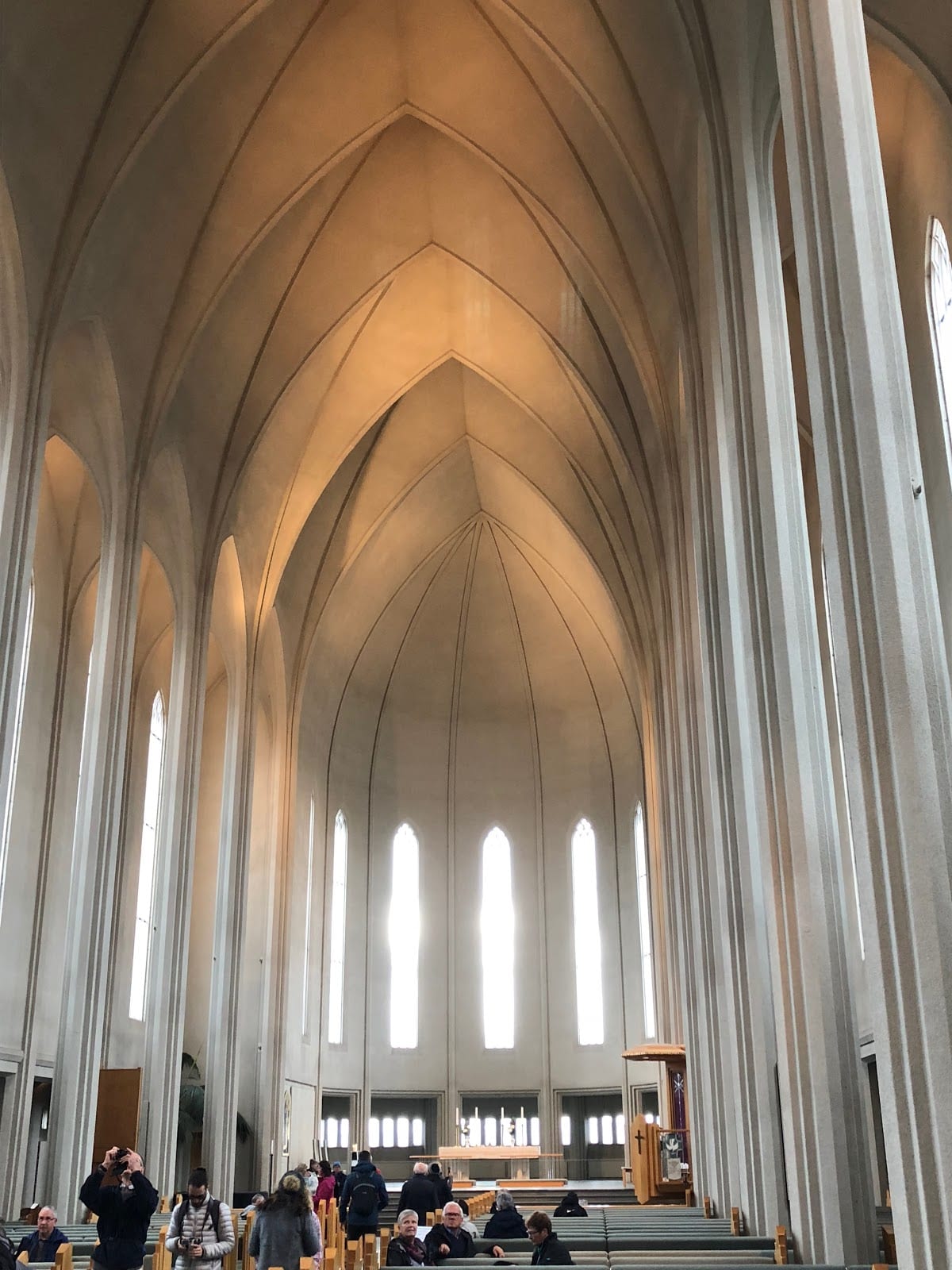
Homes in Reykjavik are only 3-4 stories tall.
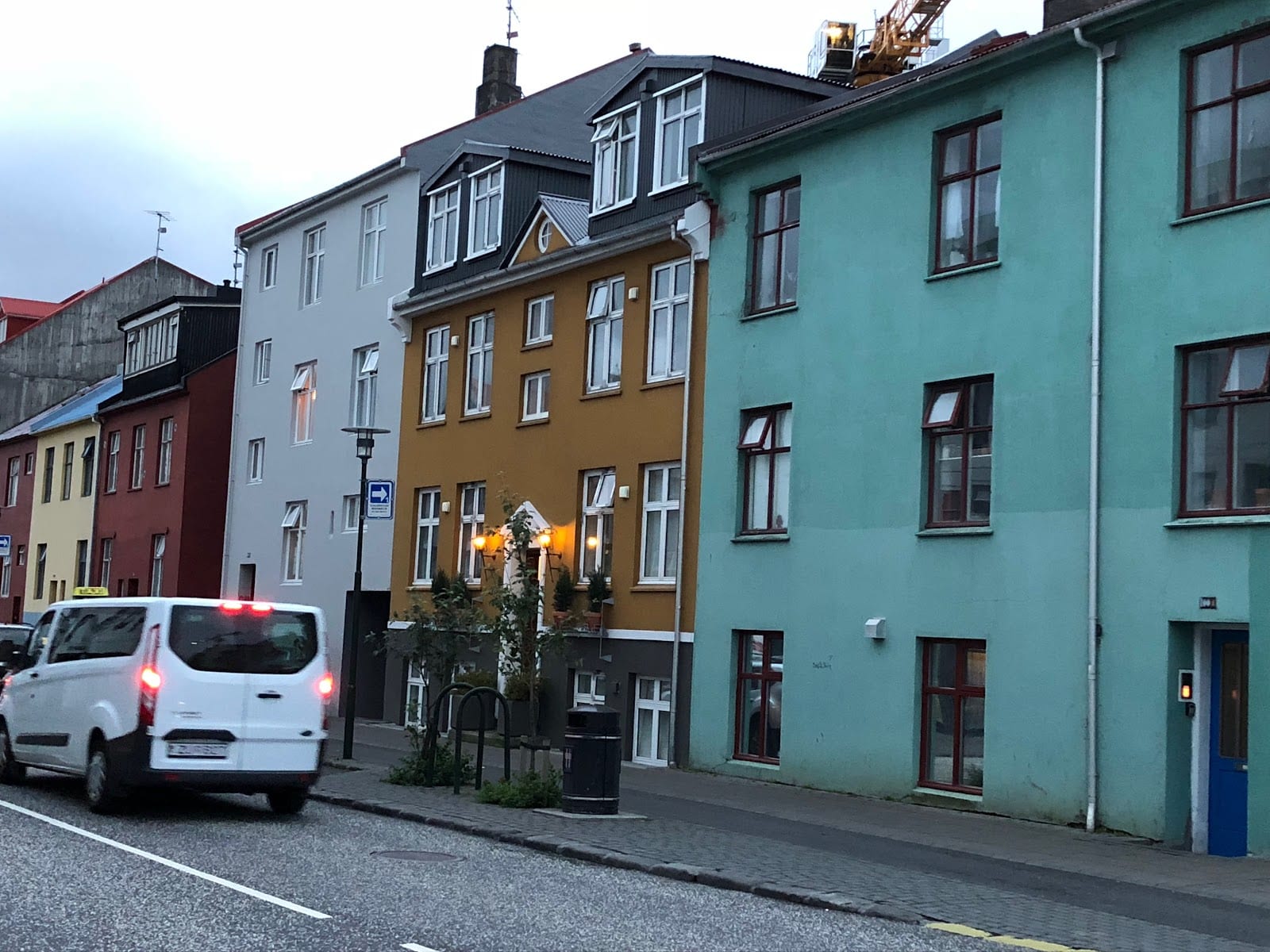
Reykjavik City Theater
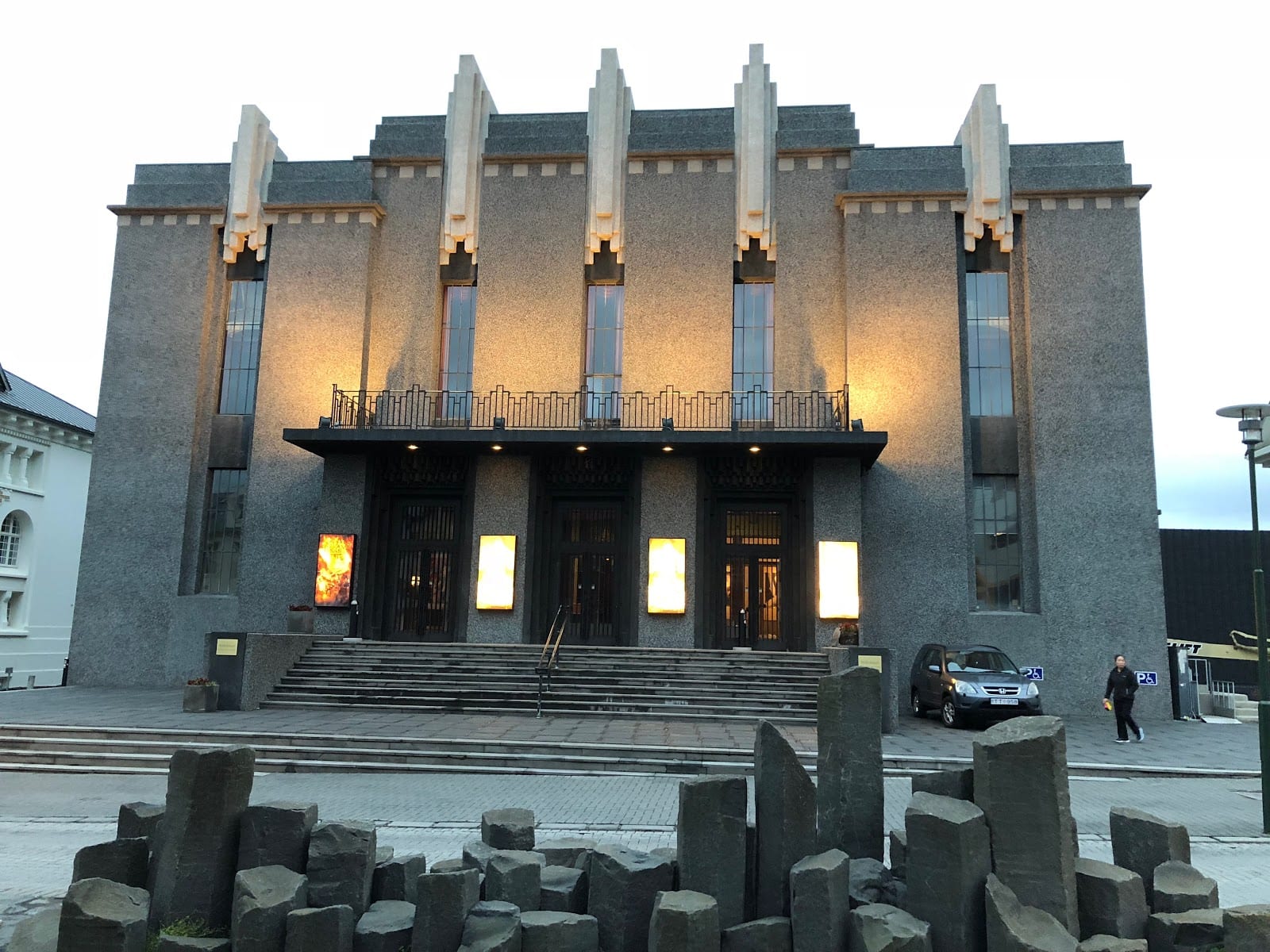
And for you Game of Thrones fans, here is “the wall,” which happens to be in Iceland’s National Park of Thingvellir.
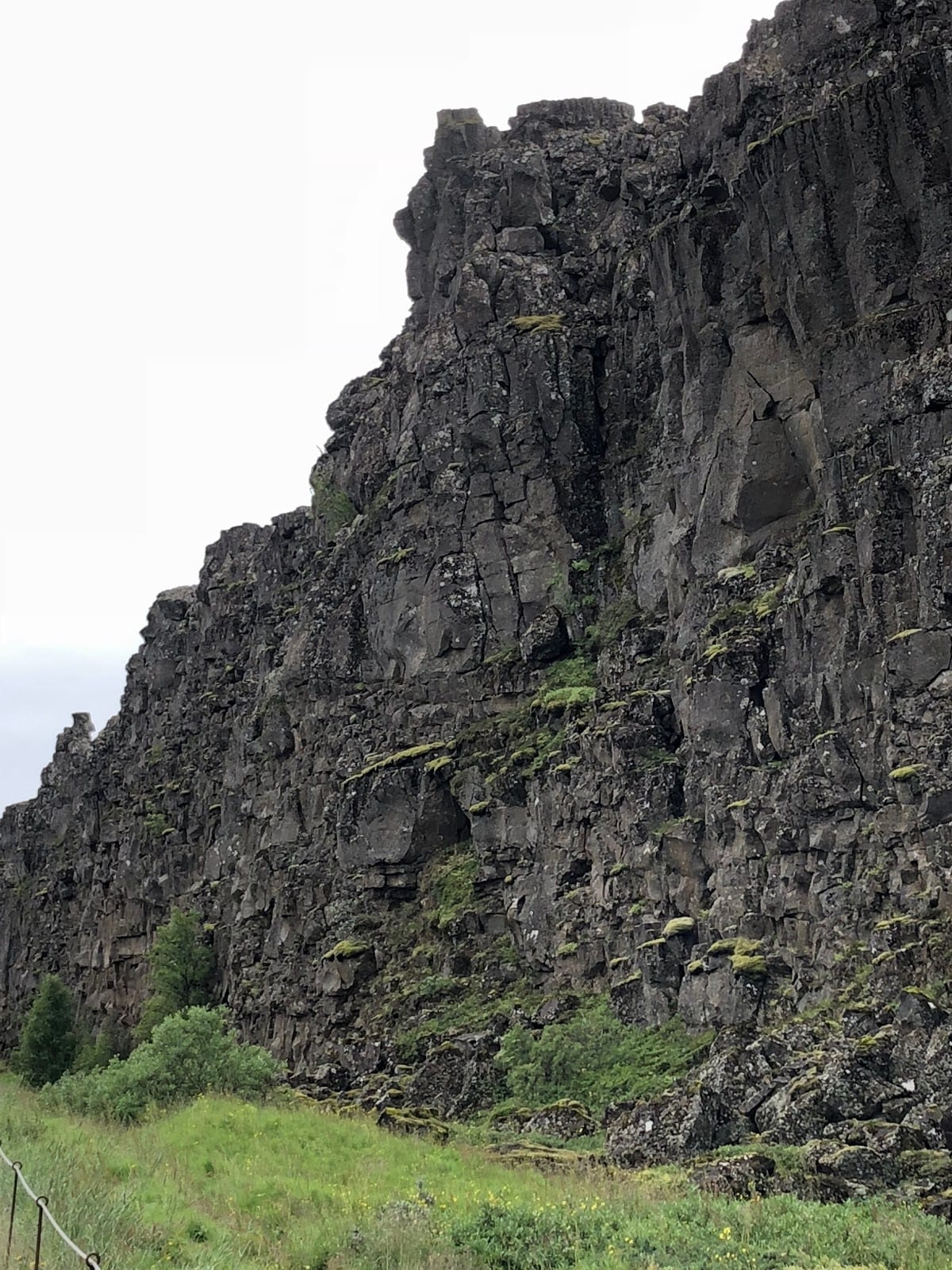
Remember the daily earthquakes I mentioned? Well these occur because Iceland sits on the North American and Eurasion tectonic plates which continually and extremely slowly drift apart. The Silfra fissure surrounds the National Park and there are numerous smaller fissures as well.
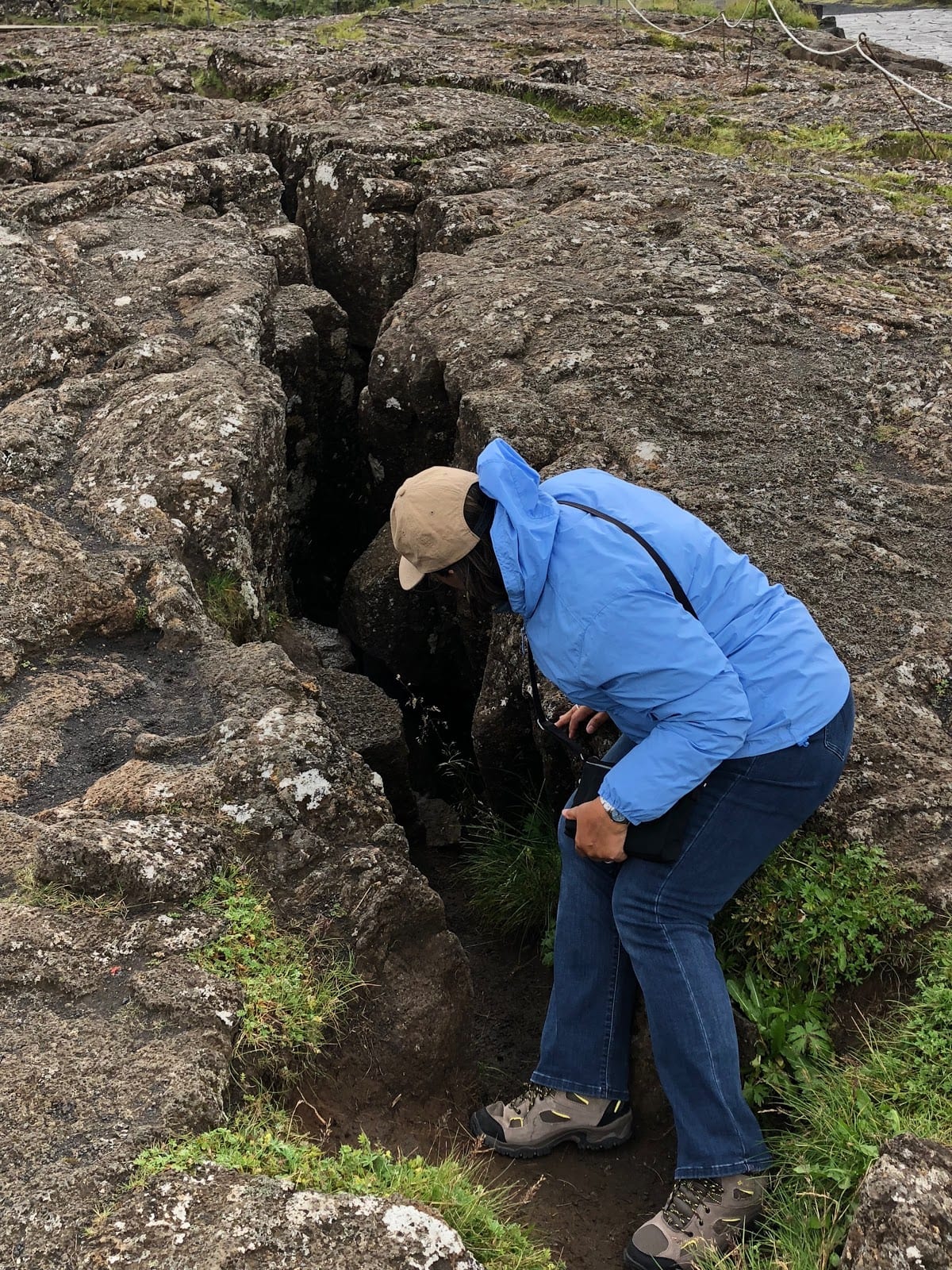
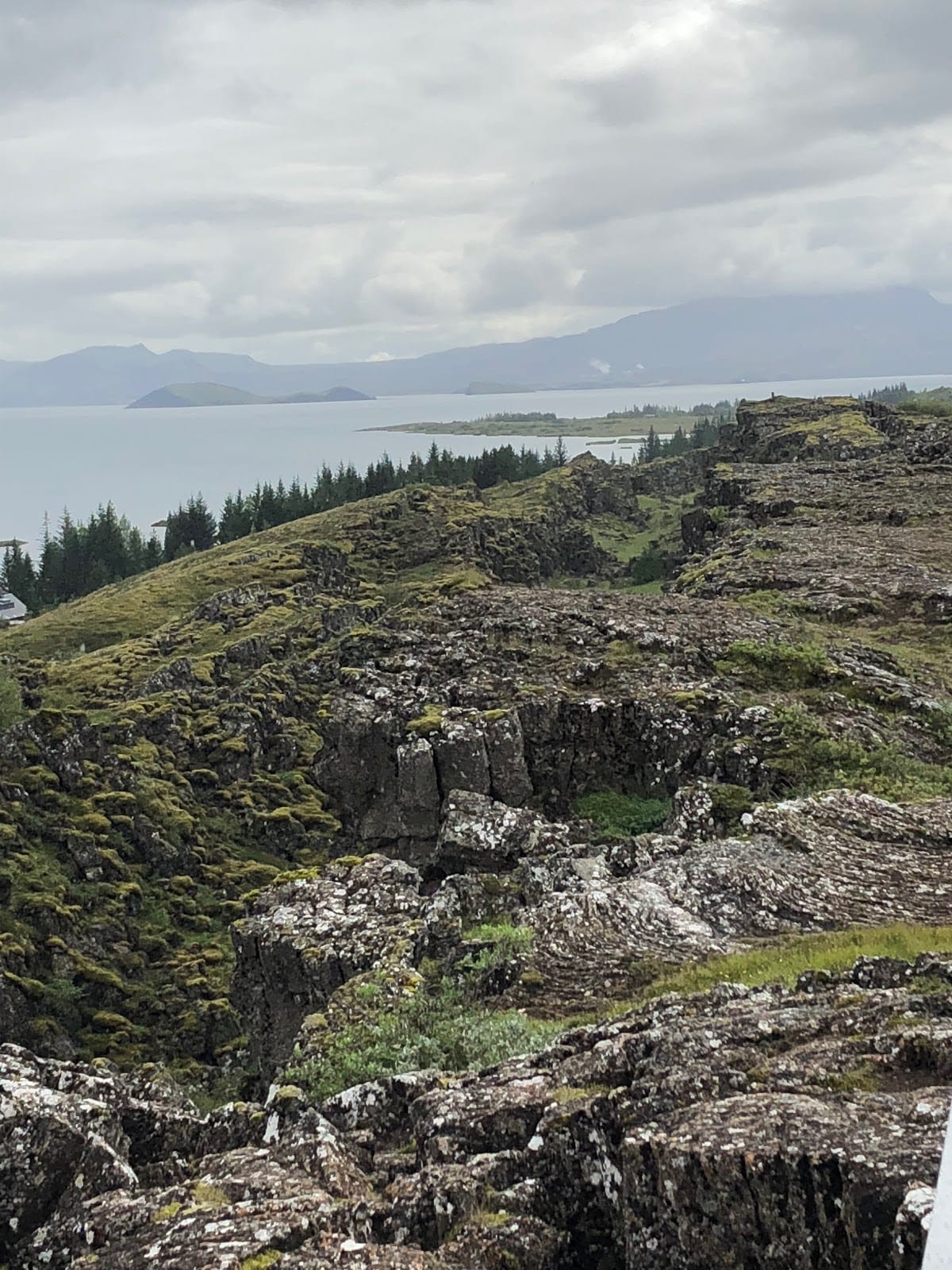
A TRULY MEMORABLE JOURNEY! AND A REFLECTION:
At the beginning of June, I had contemplated cancelling the trip because of an ongoing knee issue that was exacerbated by a bad sprain in the spring. I was worried about completing the glacier climb and hiking. I decided that I couldn’t pass up this opportunity and committed to spending the next two months strengthening my legs through physical therapy and a new exercise routine. My students and I often discuss what is challenging about doing math and the kinds of behavior one must engage in to overcome those hurdles. This experience reminded me of two things: 1) how powerful fear of failure can be in guiding behavior, and that persistence and determination, coupled with support can help quell that fear and inspire self-confidence and, 2) the importance of helping students recognize that they have the resources to be successful in spite of their fears.
Michelle, what an amazing journey! Those pictures were fantastic. Loved reading the narrative throughout and learning.
Daily eruptions a normal thing- WHAT
Wish I was there!!!
Excellent , I really enjoyed all that you shared. Fascinating Facts, & the pictures.